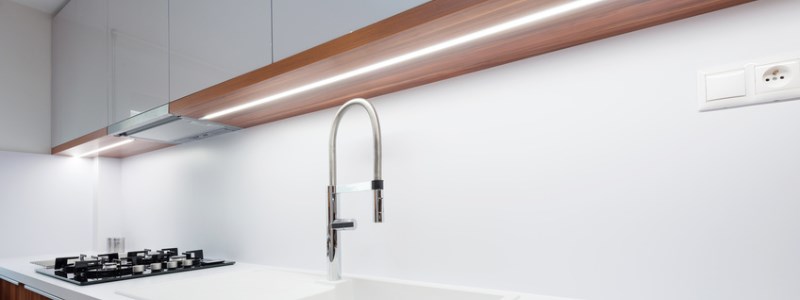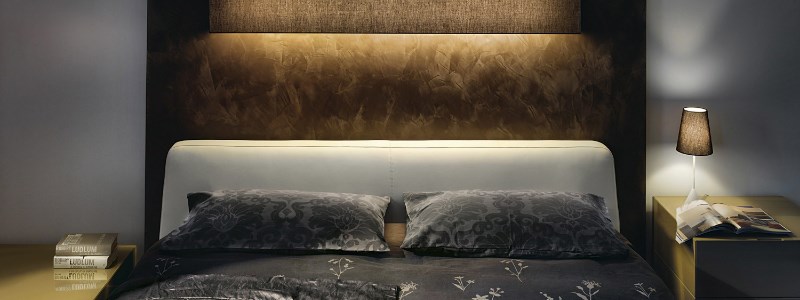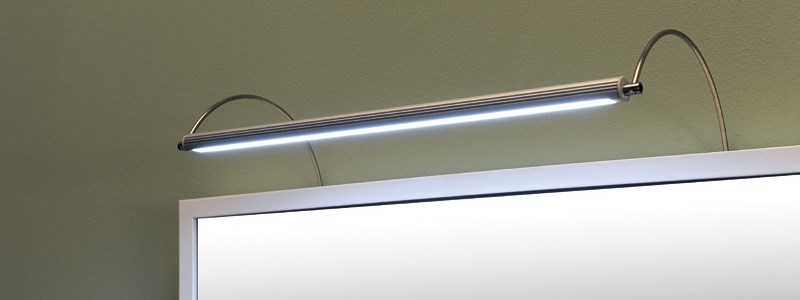IP protection is composed of two digits
Are you purchasing lighting for the new apartment or are you just renovating an existing one? Do the codes IP22, IP44 etc. confuse you? If you think, that it might be a new Morse code, don’t you worry, you are not the only one who thinks that. Many people purchase new lights for a kitchen or a living room and very often they don’t know, what all those different digits and codes mentioned in the product description mean. Quite often even salespersons, for example in hypermarkets, have no idea what these codes actually stand for. Let me try to explain you as understandably as possible the meaning of these mysterious digits.
The letters IP is British acronym for ingress protection. The digits indicate the level of protection. By linking above mentioned acronym and digits we get an indicator of resistance of a specific electric device against ingress of solid objects and liquids. In other words, this protection provides resistance against contact with living and moving small particles, by which protection against ingress of foreign solid objects, dust, water etc. is achieved.
The degree of protection of a specific light is in most of the cases expressed by two or three digits and newly also by letters.

Types of protection
The first digit indicates protection against solid objects or material.
The second digit indicates protection against liquids (water).
The third number indicates protection against mechanical impacts.
However, the third digit and letters aren’t commonly used very often.
In most of the cases, two digits are used. For example, if a light has IP24, the first digit (2) indicates the level of protection against solid objects or material and the second digit (4) indicates the level of protection against water. An ingress protection rating is always mentioned in the technical details of a product.
You might also come across the second most common acronym, e.g. IP x2. In this case, a letter x was used instead of a digit indicating protection against solid objects or materials. Mostly the reason for this is because the producer states the protection level of the light only for one class of the protection. Therefore, you know that the light is protected against water, but you don’t know, whether the light is also protected against ingress of solid objects. In such a case your only option is to contact the manufacturer and ask about the protection against ingress of solid objects.
IP - Ingress Protection ratings against contact of dangerous particles and against ingress of solid objects expressed by the first digit:
- IP 0x – No protection.
- IP 1x – Protected against solid objects greater than 50 mm (e.g. accidental touch by hand).
- IP 2x – Protected against solid objects greater than 12,5 mm (e.g. fingers).
- IP 3x – Protected against solid objects greater than 2,5 mm (e.g. tools and wires).
- IP 4x – Protected against solid objects greater than 1 mm (e.g. fine wires).
- IP 5x – Protected against touching with a wire and protected against dust - limited ingress.
- IP 6x - Totally protected against dust.
IP – Ingress protection ratings against water ingress expressed by the second digit:
- IP x0 – No protection.
- IP x1 – Protected against vertically dropping drops of water.
- IP x2 – Protected against direct sprays of water up to 15° from the vertical.
- IP x3 – Protected against direct sprays of water up to 60° from the vertical.
- IP x4 – Protected against water sprayed from all directions.
- IP x5 – Protected against low-pressure jets of water from all directions.
- IP x6 – Protected against temporary flooding of water.
- IP x7 – Protected against the effects of temporary immersion in water (between 15 cm and 1 m depth).
- IP x8 – Protected against the effects of immersion in water. The device is protected against immersion in water under pressure for long periods.
- IP x9 – Protected against direct sprays of high-pressure hot water.
For example, the light which has IP44 is protected against ingress of solid foreign objects larger than 1 mm and is also protected against water sprayed from all directions. Thanks to the protection against spraying water this is a suitable light for a bathroom. However, you can’t place the light anywhere you wish. This brings us to safety zones in a bathroom.






































